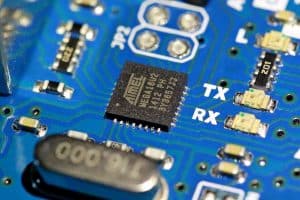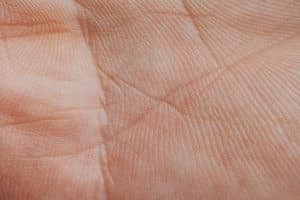Organic Transistors: Living Semiconductors
Organic transistors, also known as organic field-effect transistors (OFETs), have been gaining much attention in the field of electronics due to their unique characteristics and potential applications. These transistors are made up of organic materials, which are carbon-based compounds, unlike traditional transistors that are made from inorganic materials such as silicon.
The development of organic transistors has paved the way for the concept of “living semiconductors”. This revolutionary idea involves the use of living organisms, such as bacteria and cells, to create functional electronic devices. In this article, we will delve deeper into the world of organic transistors and explore their potential as living semiconductors.
Understanding Organic Transistors
Organic transistors are constructed using semiconducting materials that consist of carbon, hydrogen, oxygen, and other elements. These materials have the ability to form a continuous network, enabling the flow of electrons through them. Unlike traditional transistors, organic transistors do not require high temperatures and vacuum conditions for their fabrication, making them more cost-effective and environmentally friendly.
One of the main advantages of organic transistors is their flexibility. This allows for the creation of bendable and stretchable electronic devices, which are not possible with traditional rigid transistors. This characteristic makes them suitable for various applications, such as wearable electronics and flexible displays.
Organic Transistors as Living Semiconductors
The idea of using living organisms as semiconductors may seem far-fetched, but the concept has already been demonstrated in several studies. One such study conducted by researchers at the University of Massachusetts Amherst used genetically engineered bacteria to construct a functioning biofilm transistor. This is a significant advancement in the field of organic electronics and shows the potential of organic transistors as living semiconductors.
By using living organisms as semiconductors, the possibilities for creating innovative electronic devices are endless. For example, it could lead to the development of implantable electronics that can seamlessly integrate with living tissues without causing any harm. This could have significant applications in the medical field, such as creating bioelectronic devices that can monitor and regulate bodily functions.
Potential Applications of Organic Transistors
The versatility of organic transistors opens up a wide range of potential applications in various fields. One of the most promising areas is in the development of organic solar cells. Organic solar cells have the potential to be much cheaper and easier to manufacture compared to traditional silicon-based solar cells. With advancements in organic transistor technology, we could see a significant increase in the efficiency and scalability of these cells, making them a viable alternative to traditional solar cells.
Organic transistors also have the potential to revolutionize the field of electronics and consumer goods. With the ability to create flexible and lightweight electronic devices, we could see the integration of electronic functionalities in everyday objects such as clothing and packaging materials.
The Future of Organic Transistors
The research and development in the field of organic transistors are still in its early stages, but the potential is immense. As we continue to explore the possibilities of living semiconductors and their applications, we could see a major shift in the way we think about electronics. Organic transistors have the potential to make electronic devices more sustainable, cost-effective, and user-friendly – paving the way for a greener and more connected future.
In conclusion, organic transistors have opened the door for the concept of living semiconductors, which could change the landscape of the electronics industry. These transistors have unique characteristics that make them suitable for various applications, and the potential for creating living electronic devices adds a whole new dimension to their capabilities. As research in this field continues to progress, we can only imagine the endless possibilities that organic transistors bring to the table.









